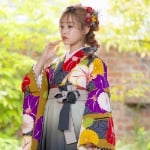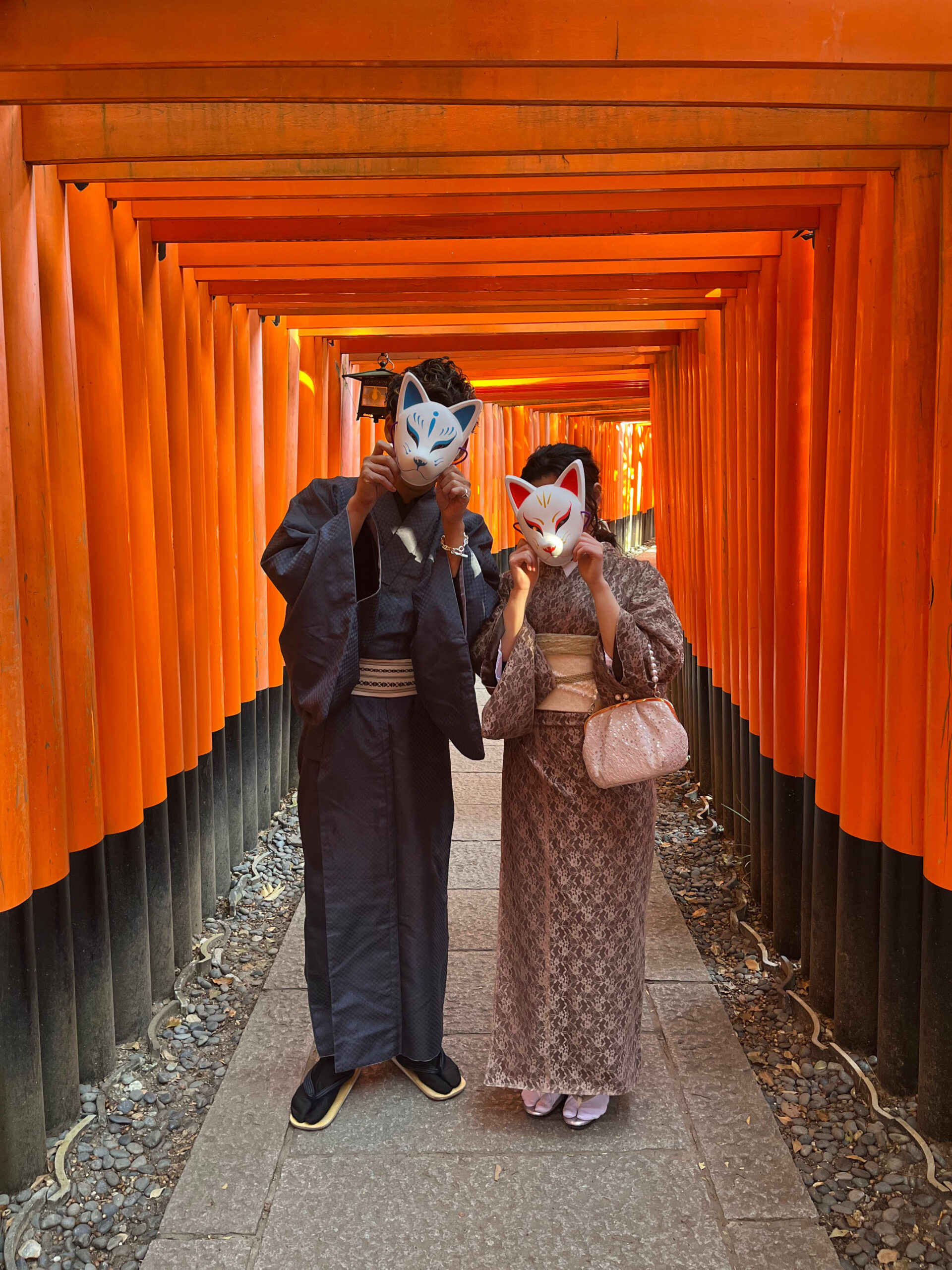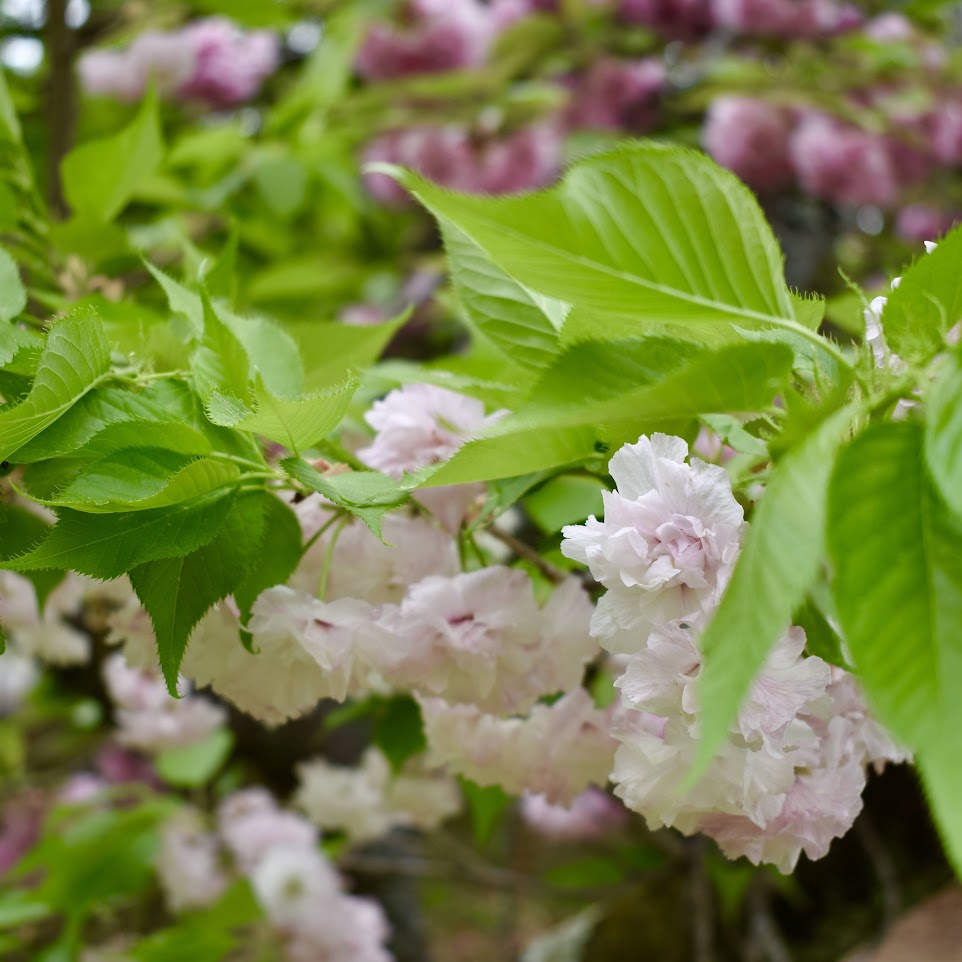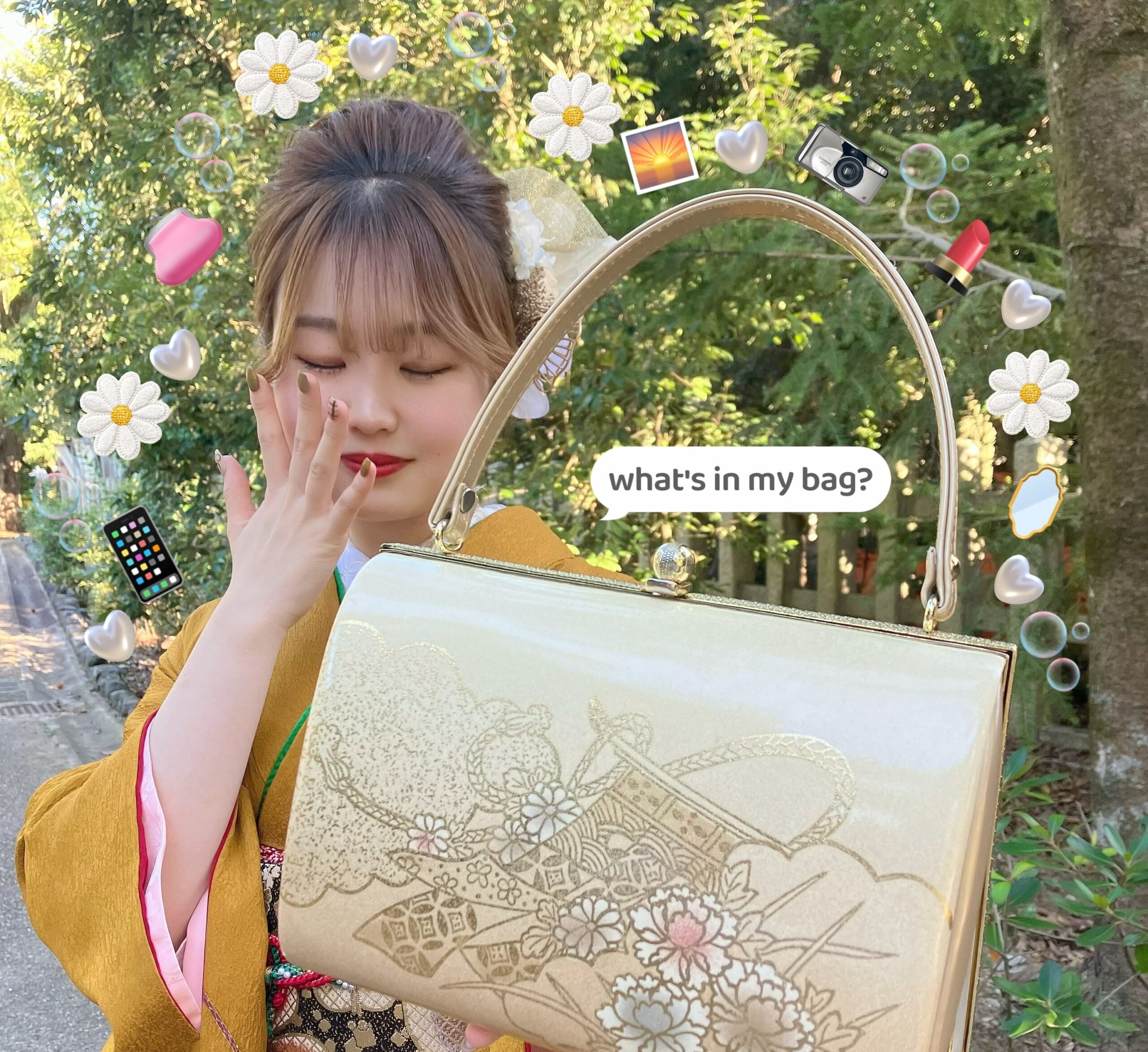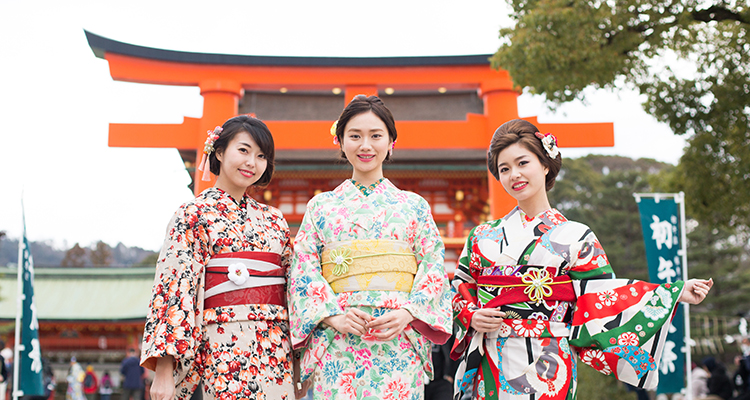
special fearure・column
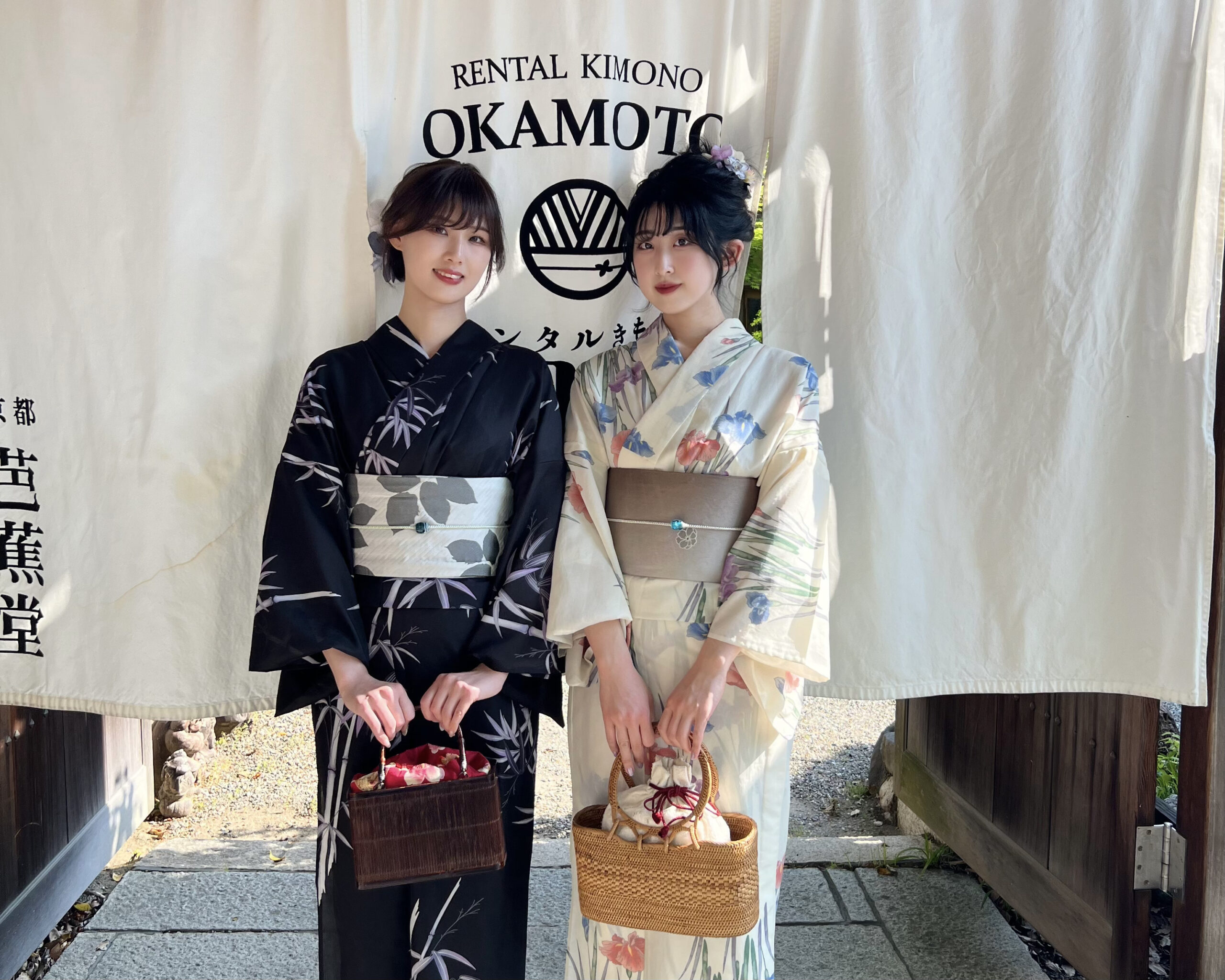
What’s the Difference Between a Kimono and a Yukata?
The season of fresh greenery has arrived, making Kyoto’s temples and gardens even more beautiful. With Golden Week, this time of year also brings many tourists.
Yukata are a staple of summer in Japan, often worn to summer festivals. In Kyoto, the most famous is the Gion Festival. Held every July, it's one of Japan’s three major festivals. During the Yoiyama evenings (July 15th and 16th), Shijo Street becomes a pedestrian zone lined with food stalls, creating a festive atmosphere. Wearing a yukata to enjoy the Gion Festival adds a refreshing, traditional flair and enhances the experience. Some people also wear kimono to the festival instead.
Around the time yukata start appearing in stores, people often ask, “What’s the difference between a kimono and a yukata?”
Both are traditional Japanese garments, but they do have some key differences! When you choose the right one for the season and occasion, both can be beautiful and enjoyable to wear. ✨
Differences Between Kimono and Yukata
Let’s explore how kimono and yukata differ!
Purpose
Kimono: Suitable for both formal and casual occasions.
Yukata: Perfect for casual summer outings and festivals.
Material
Kimono: Often made of luxurious materials like silk.
Yukata: Made from breathable fabrics like cotton or linen.
Season
Kimono: Can be worn year-round, with different types suited for each season.
Yukata: Primarily worn in summer (June to September).
Juban (Undergarment)
Juban: A traditional undergarment worn beneath kimono to prevent direct contact with the skin and to protect the outer layer from sweat and dirt. Types include the full-length nagajuban and the shorter hanjuban.
Difference between kimono and yukata collars in the image
Please look at the collars of the kimono and yukata.
The other collar peeking out under the kimono in the image below is the collar of the lintel.
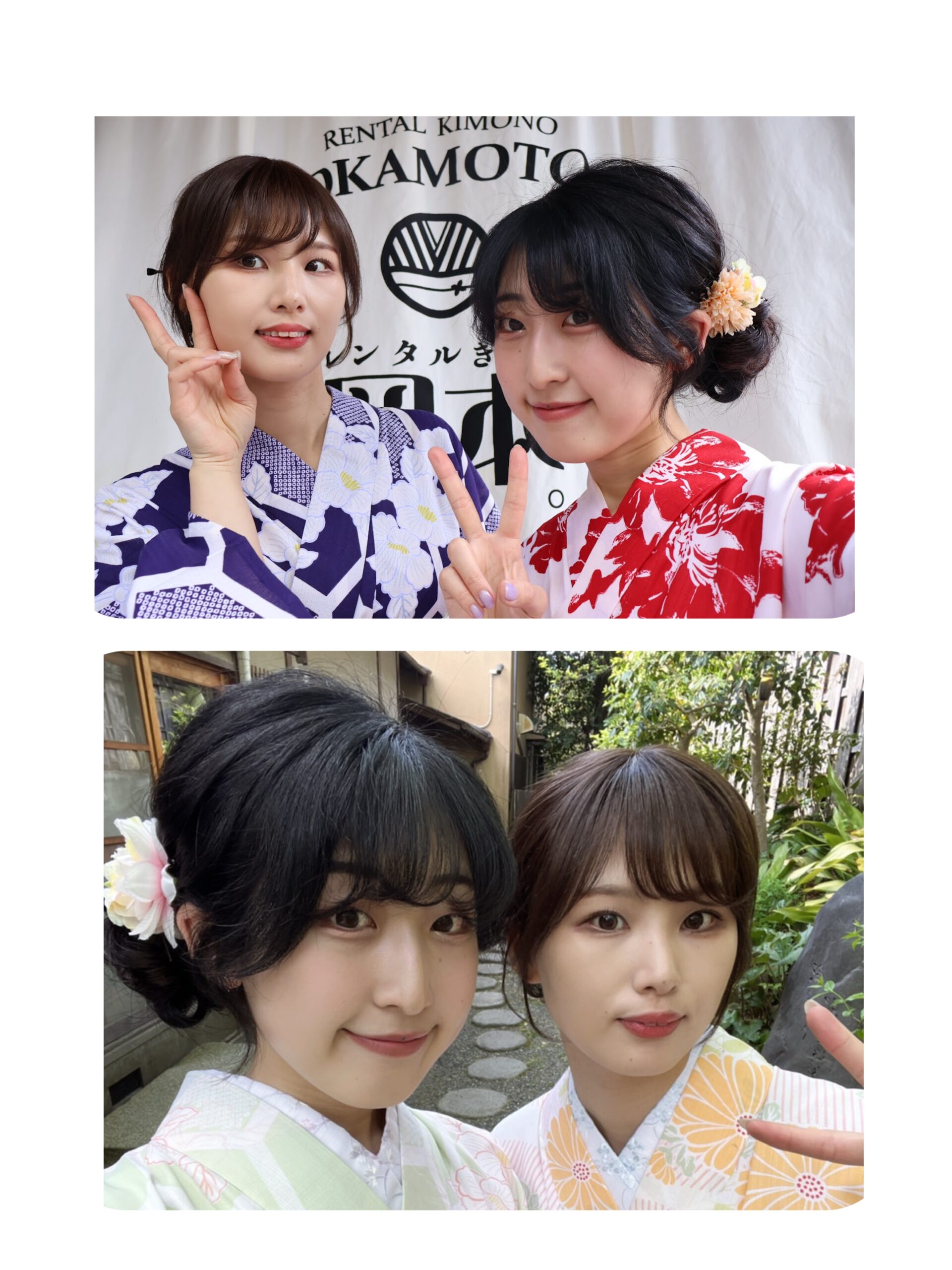
Footwear
Kimono: Worn with tabi (split-toe socks) and zori sandals.
Yukata: Typically worn barefoot with geta (wooden sandals).
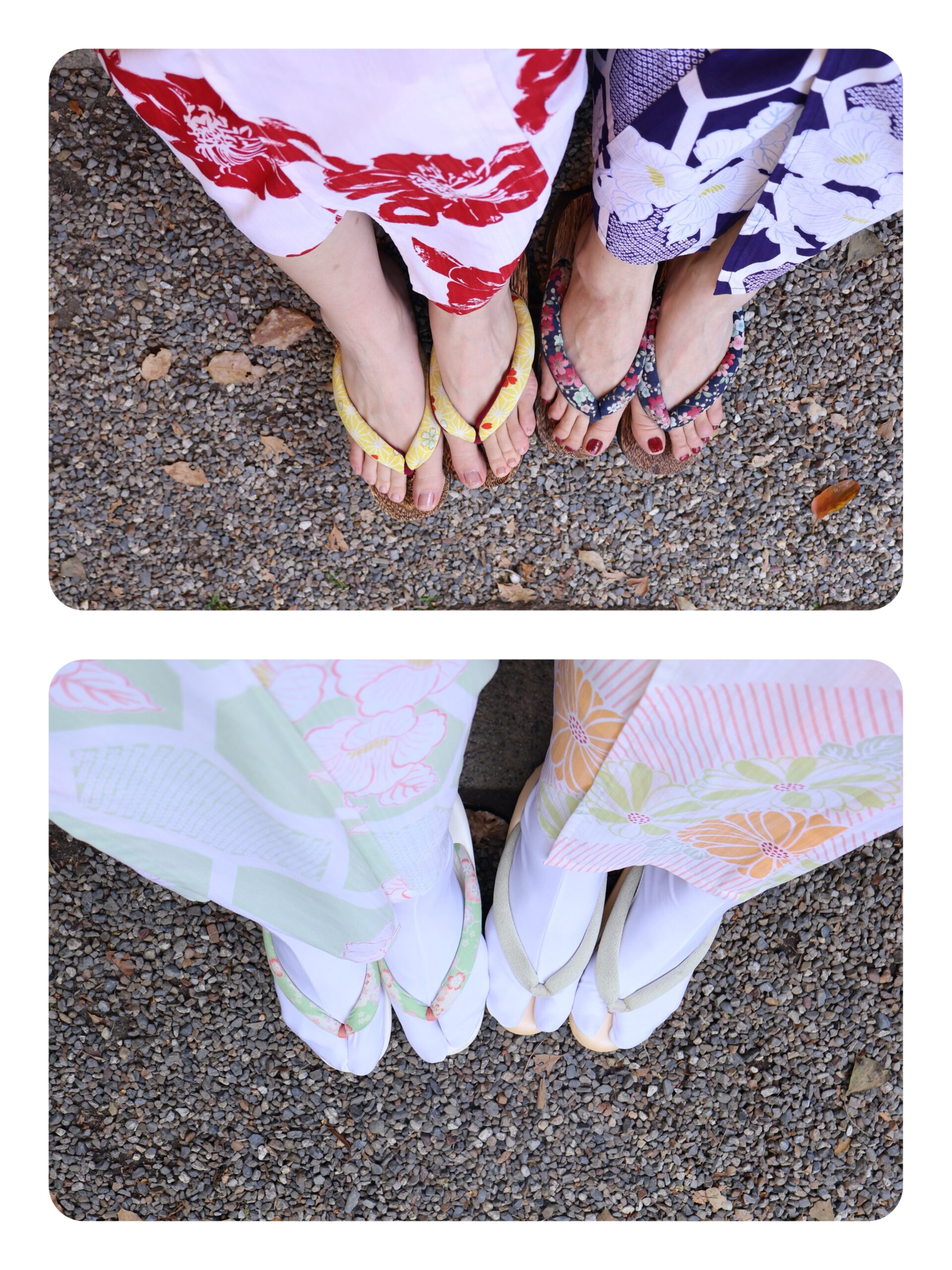
A Deep History of Kimono and Yukata
The kimono originated from kosode, an under-layer garment worn by nobility during the Heian period. Originally worn beneath jūnihitoe (12-layered robes), the kosode became more widespread during the Edo period, evolving into the kimono we know today. Now, it is essential for formal events.
On the other hand, yukata originated as yukatabira, worn by aristocrats during steam baths to prevent burns. Later, it became common for post-bath loungewear or sleepwear. By the Edo period, it was embraced by the general public as a casual garment for public baths. Today, it’s loved as festive attire for summer festivals and fireworks displays.
These traditional styles have evolved over time, offering a wide range of ways to wear them today.
Accessories to Enhance Your Yukata Look
Add charm to your yukata with these popular items:
Kinchaku Bags: Bamboo or drawstring bags with traditional Japanese patterns are stylish and practical.
Hair Accessories: Barrettes and hairpins like kanzashi work great with yukata hairstyles.
Geta: Wooden sandals with cool-looking hanao (straps) are a must-have to complete the look.
Sensu/Uchiwa (Fans): Coordinate with your yukata’s colors and patterns for a polished look. Fans also add a distinctly Japanese touch.
Obi (Sash): Lightweight sashes like hanhaba obi or heko obi are perfect for yukata.
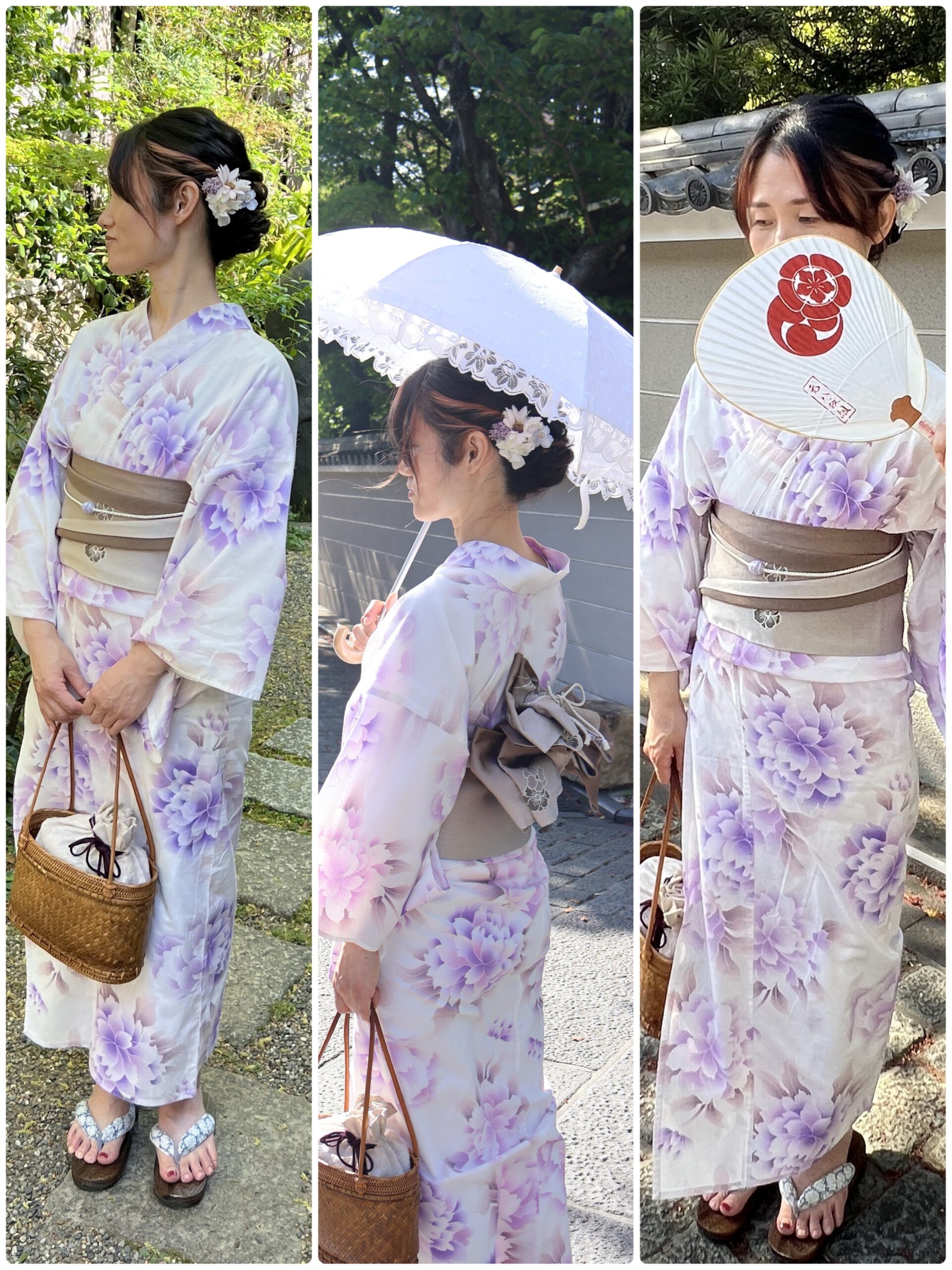

These small touches will make your yukata look even more dazzling!
Enjoy Kimono in Summer With the Right Fabrics
Kyoto can be hot from June to August, but you can still enjoy wearing kimono through rental shops! During this time, natsugimono (summer kimono) are ideal — specifically designed to keep you cool.
Hitoe (Unlined Kimono): Made without lining, they are light and breathable, perfect for June and September.
Usumono (Sheer Kimono): Made from fabrics like ro or sha, these are great for peak summer in July and August. Their translucent look adds a breezy summer feel.
Pairing these with linen obi or lace-style accessories also brings out a unique summer elegance!
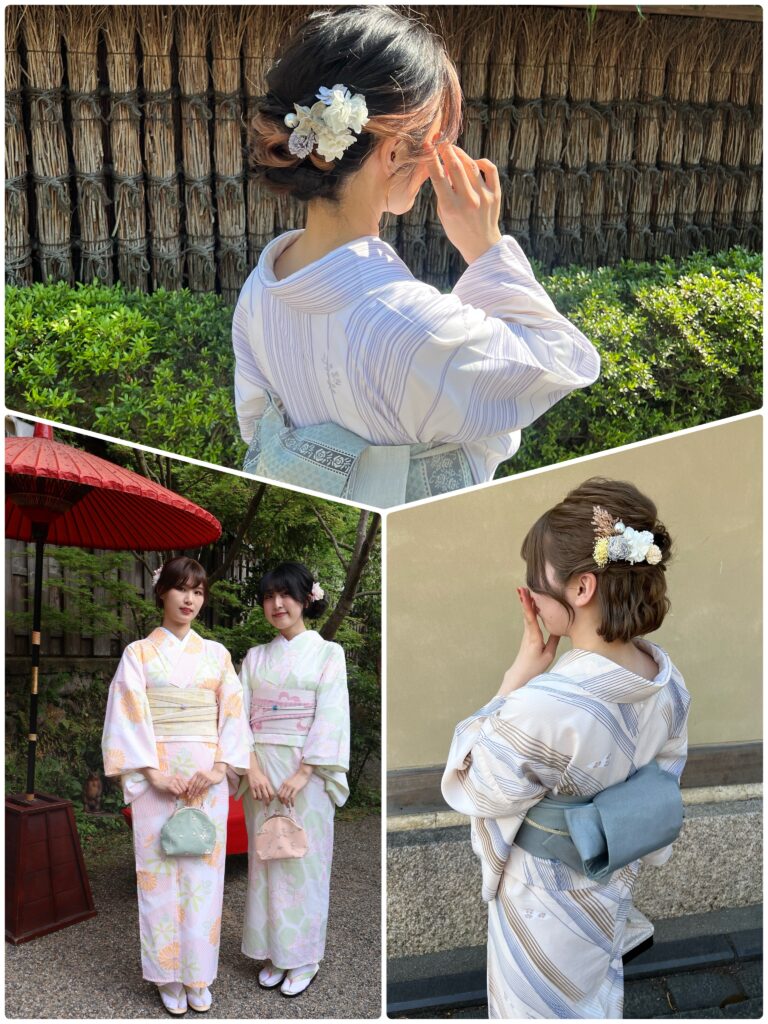
Thank you for reading to the end.
Though the differences between kimono and yukata may seem small, they greatly affect the look and purpose of each. I hope this helps clear up any questions you may have had!
【Author of this article】
Rental Kimono Okamoto – Gion Store
523 Washio-cho, Higashiyama-ku, Kyoto 605-0072
TEL: +81-75-950-0805
HP: www.okamoto-kimono.com
Instagram: rentalkimonookamoto
Tiktok: @rentalkimono_okamoto
Facebook: Facebook/rentalkimonookamoto
X(formerly Twitter ):@okamotokimono
lit.link: lit.link/rentalkimonookamoto
Arashiyama Shop
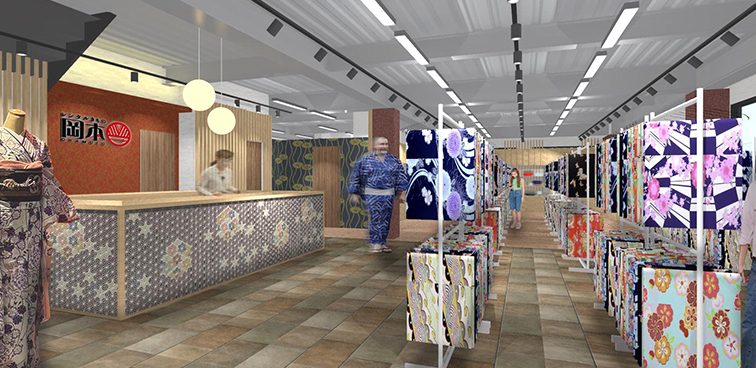
48-4 Saga Tenryuji Kitatsukurimichicho, Ukyo-ku, Kyoto 616-8374, Japan
Phone: +81-75-950-0805 / Fax: +81-75-950-0806 / E-mail: arashiyama@okamoto-kimono.com
Nearest Station: Arashiyama (Randen Line) / JR Saga-Arashiyama Station
Rental Kimono Okamoto - Fushimi Inari shop
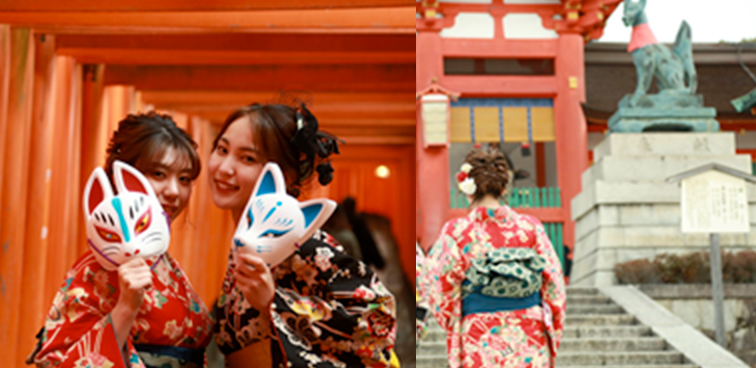
45-1, Fukakusa Inarinakanocho, Kyoto Shi Fushimi Ku, Kyoto Fu, 612-0807, Japan
Tel. +81-75-634-8900 / FAX +81-75-634-8901 / E-mail E-mail fushimiinari@okamoto-kimono.com
Nearest Station: JR Inari Station / Keihan Fushimi Inari Station
Rental Kimono Okamoto Gion Shop
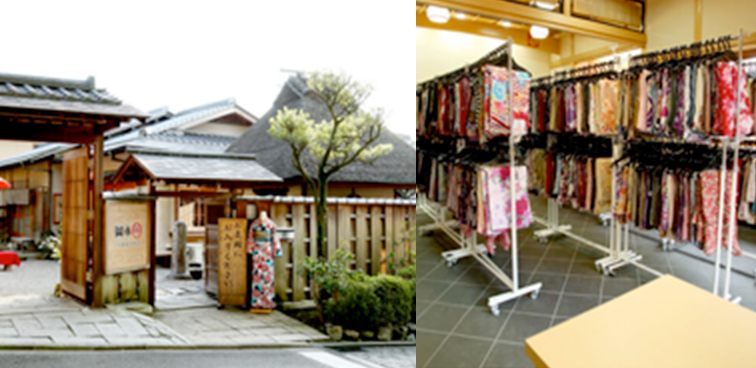
523 Washiocho, Higashiyama-ku, Kyoto 605-0072
Tel. +81-75-531-7890 / FAX +81-75-531-8383 / E-mail gion@okamoto-kimono.com
Nearest stop: City Bus Gion Stop
Rental Kimono Okamoto Kiyomizu Higashiyama Shop
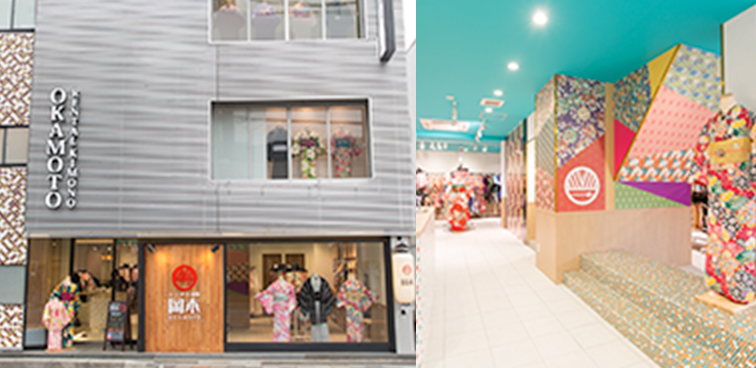
110-9 Tatsumicho, Higashiyama-ku, Kyoto 605-0855
Tel. +81-75-533-8900 / FAX +81-75-533-8910 / E-mail kiyomizuhigasiyama@okamoto-kimono.com
Nearest stop: City Bus Kiyomizumichi stop
Rental Kimono Okamoto Kiyomizu Shop
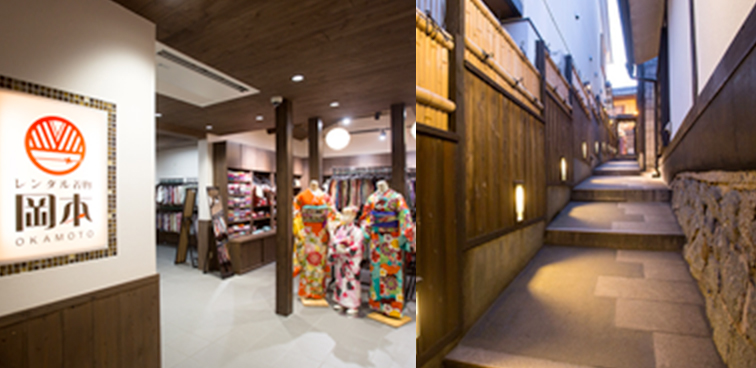
2-237-1-1 Kiyomizu, Higashiyama-ku, Kyoto 605-0862
Tel. +81-75-525-7115 / FAX +81-75-533-8960 / E-mail kiyomizuzaka@okamoto-kimono.com
Nearest stop: City Bus Kiyomizumichi stop
Rental Kimono Okamoto Main Shop
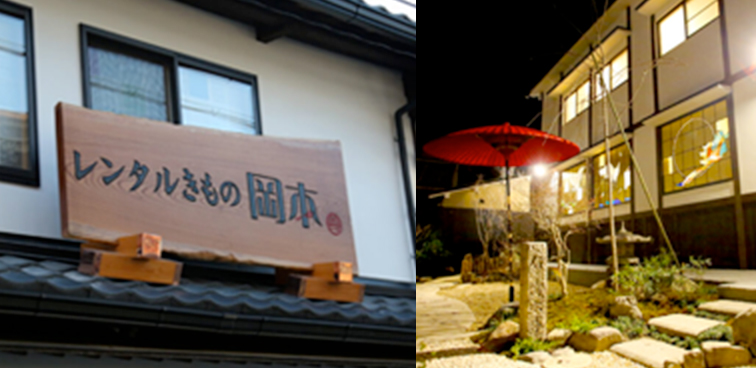
6-546-8 Gojohashihigashi, Kyoto Higashiyama-ku, Kyoto 605-0846
Tel. +81-75-532-1320 /Fax +81-75-532-1480 / E-mail honten@okamoto-kimono.com
Nearest stop: City Bus Gojozaka Stop
Rental Kimono Okamoto Yasaka Jinja Shop
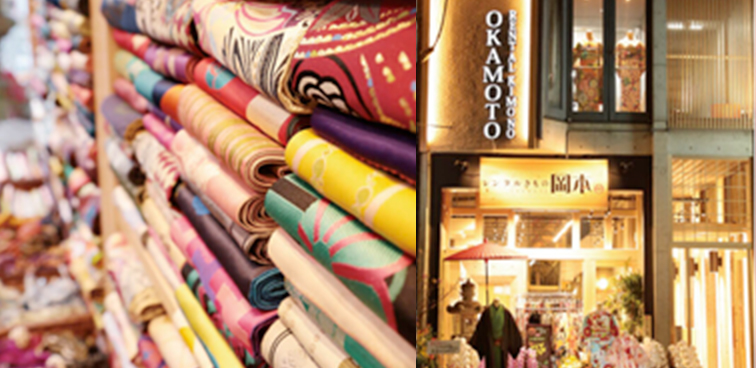
301-1 Gioncho, Higashiyama-ku, Kyoto 605-0073
Tel. +81-75-532-0510 / FAX +81-75-532-0511 / E-mail yasakajinja@okamoto-kimono.com
Nearest stop: City Bus Gion Stop
You can read a feature story about our store, Kyoto and kimono.
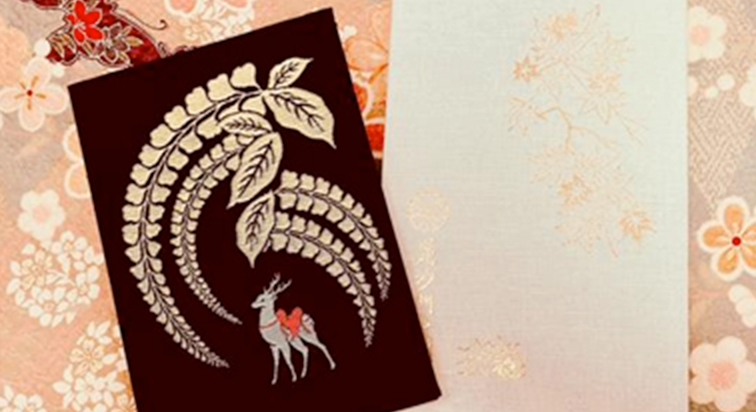
We are introducing various information on proper way of choosing kimono and others to match. Also you can access to our articles about regional, sightseeing information of Kyoto you can refert to before travelling to Kyoto.
You can view articles about kimono all written by us.
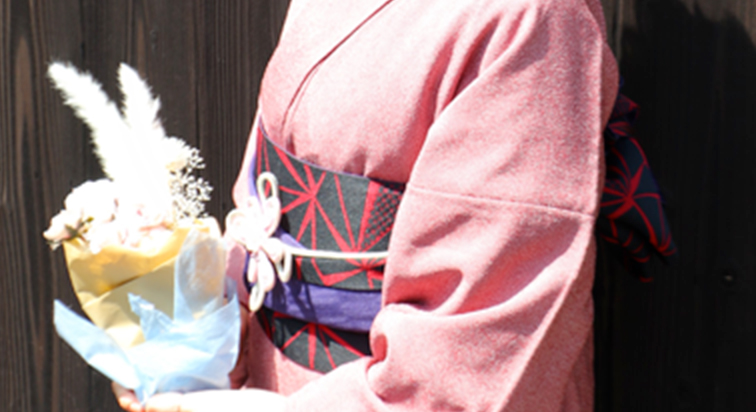
It features various articles about kimono such as history, manner, common sense and a proper way of matching kimono. They will add fun to your going out in kimono.
You can view articles about Yukata written by us.
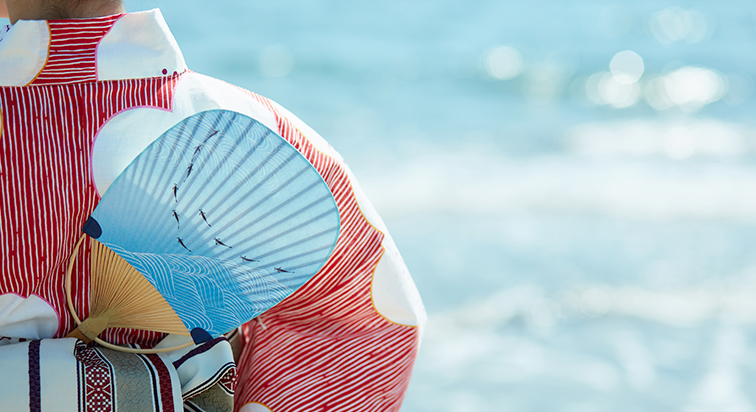
If you want to try a kimono in summer, it is definitely a Yukata. Please check our colums about Yukata if you have a chance to wear it, want to wear it, or are simply interested in it.







